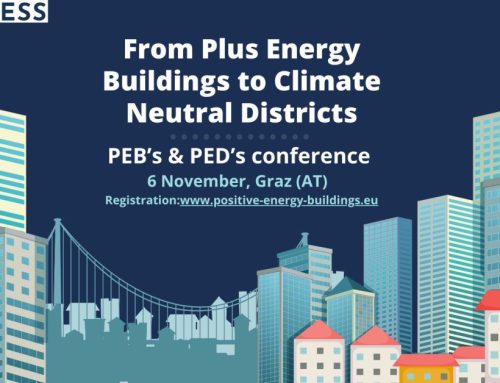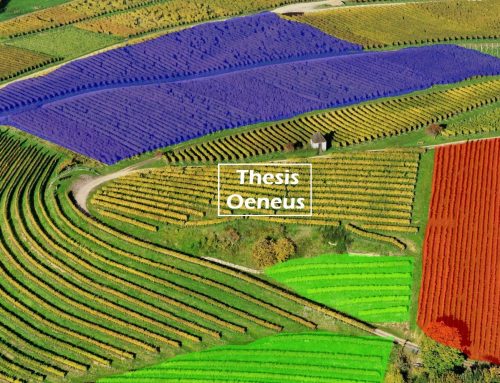
Summary of the paper:
“The transition to zero emission and energy positive buildings, neighbourhoods and communities is key to unlocking the EU’s climate and energy ambitions by transforming both new and existing buildings into drivers of decarbonisation. This ambition is also reflected in the recent recast of the Energy Performance of Buildings Directive (EBPD1), which will be transposed to national legislation by the Member States by the end of May 2026.
Despite increasing maturity of the currently known enabling technologies, significant financial barriers hinder realising this potential at the necessary speed and scale. To address these challenges, several innovative demonstration projects have been developed across Europe as part of the EU’s research and innovation funding programmes.
To that ambition, this paper puts forward 10 key policy recommendations for national and regional policy makers for overcoming financial barriers for building renovation and transforming existing buildings into zero emission or positive energy neighbourhoods by 2050. The recommendations are based on experiences and learnings from 8 research and innovations projects in Europe, including 33 demonstration sites around Europe. While the EPBD covers both new buildings and building renovation, these projects and following recommendations made, largely focus on building renovation and transforming existing buildings into zero-emission or positive energy neighbourhoods.
The paper also presents a stakeholder matrix of key built environment actors in building renovation towards zero emission or positive energy buildings and neighbourhoods by 2050. The matrix presents the drivers, barriers and needs of each group to broaden the understanding of what needs to be regulated and who needs to be incentivised.”








